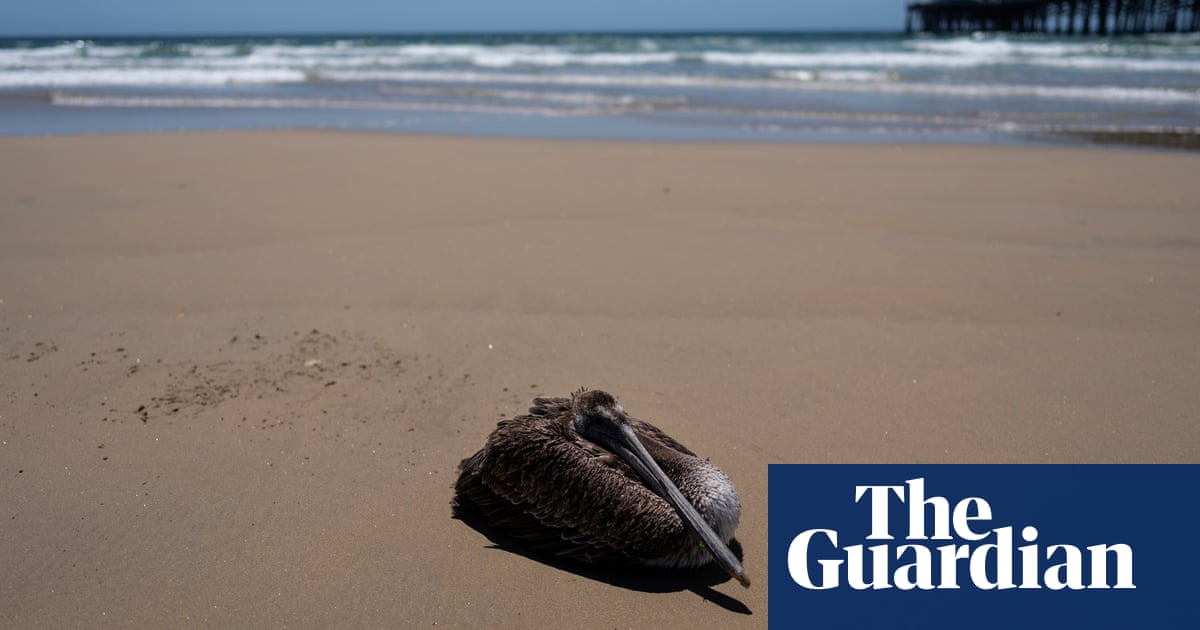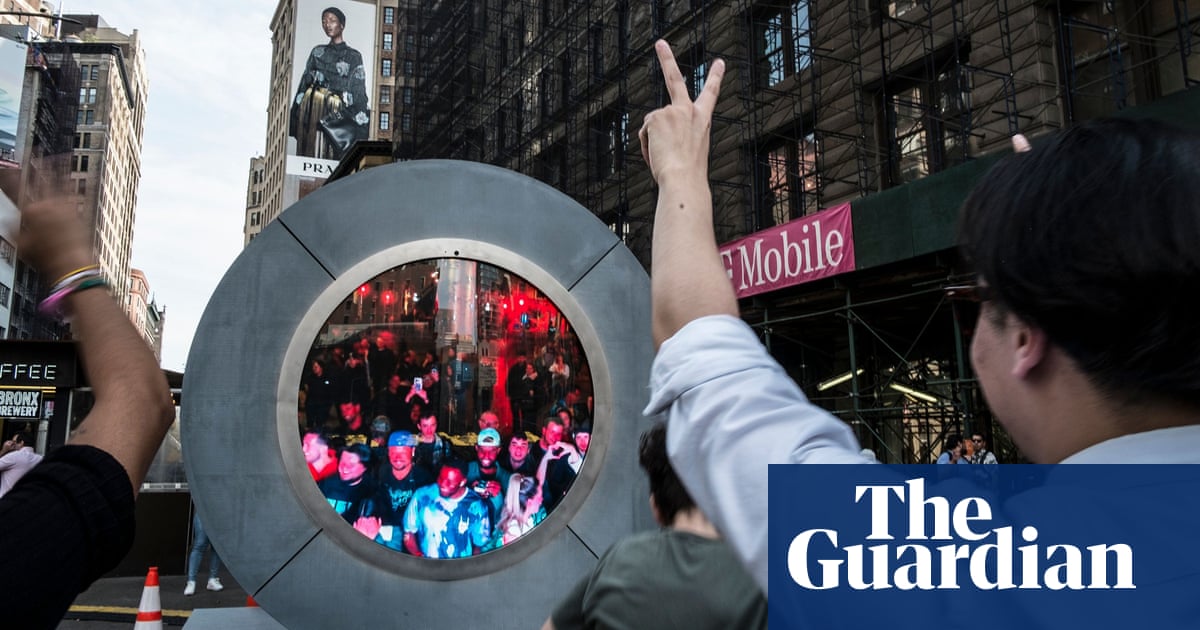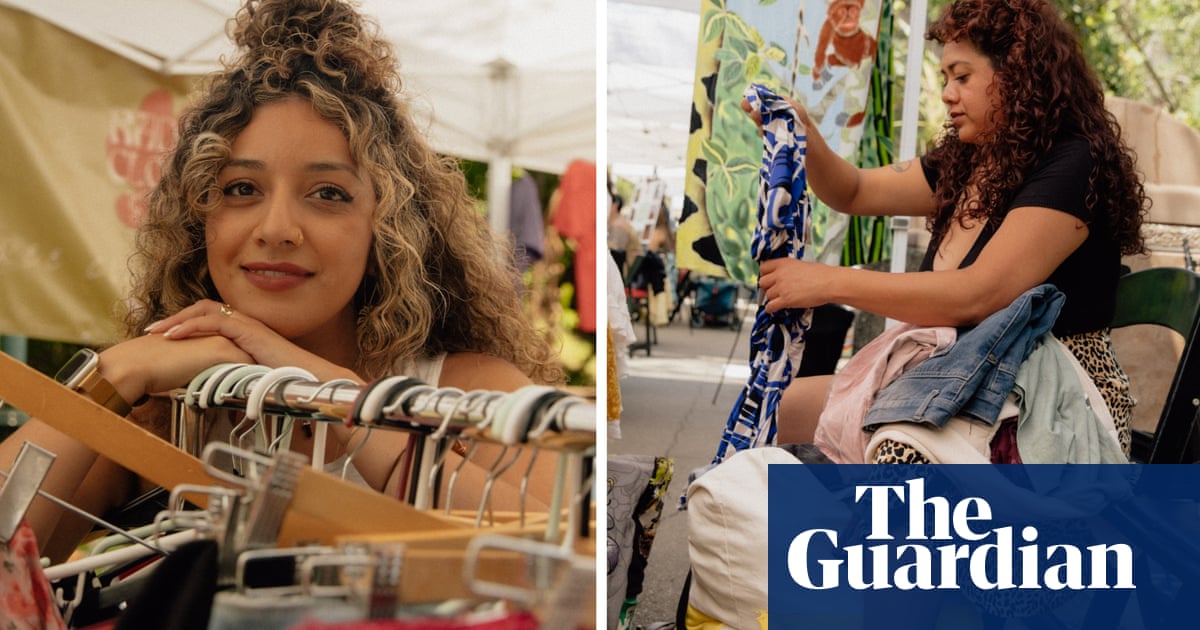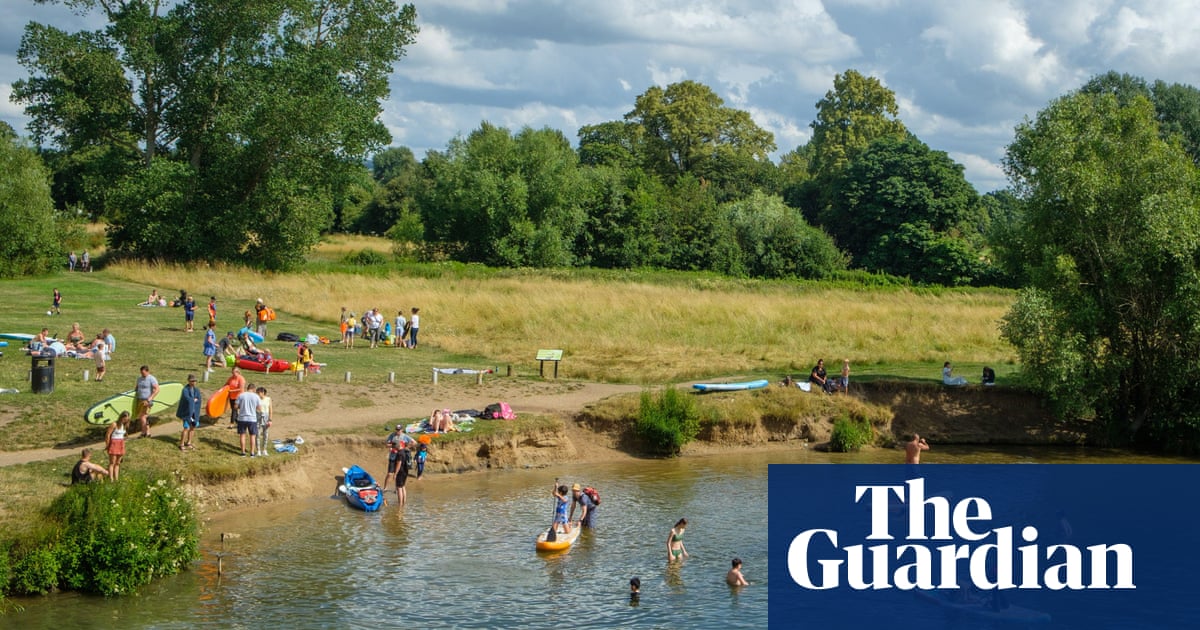With at least five minutes of stoppage time still to run, the stadium announcer asked the Aston Villa supporters to remain in their seats at the final whistle for a lap of appreciation. At that particular moment, it was wishful Âthinking as Villa went for the jugular. Seconds earlier, Moussa Diaby had blasted at goal, forcing Alisson into a smart, right-hand save to prevent an improbable 4-3 comeback victory against Liverpool and bedlam in the stands.
Many fans had spent the Âprevious 10 minutes on their feet after Jhon Duránâs late double secured an unlikely point that may prove priceless in the race to secure a Champions League berth. Just when it seemed inevitable Liverpool would yield Âvictory from Jürgen Kloppâs final away game, the substitute striker, unpredictable at the best of times, flipped the mood in the stands. His goals, in the 85th and 88th minutes, in this breathless contest may well define Villaâs season.
A point edges Villa closer to fourth and a place in the Champions League. Unai Emery will doubtless be glued to events at the Tottenham Hotspur Stadium on Tuesday, where anything but a Spurs win against Manchester City will secure Villaâs return to Europeâs Âpremier competition for the first time since 1982-83.
Villa got off to a disastrous start, Emiliano MartÃnez turning the ball into his own net with the game a Âminute old and, though Youri ÂTielemans replied, goals by Cody Gakpo and Jarell Quansah looked to have earned Liverpool a relatively simple victory. âJürgen Klopp, la, la, la, la,â sang the visiting support.
Not so fast. Never have Villa celeÂbrated a draw quite so emphatically. Before kick-off the centre-circle banner swirled and swayed to the thud of Jeff Beck and Villa hope it will have the stars of the Champions League on the giant flag next season. âHopefully that gets us Champions League football,â Villaâs captain, John McGinn, said as he addressed a boisterous crowd. For now, one of the leagueâs last live storylines â the protracted battle for fourth â could run to the final day, when Villa head to Crystal Palace and Spurs visit Sheffield United. The only caveat is that first Spurs must beat the defending champions.
Duránâs equaliser was a touch fortunate, Diabyâs overcooked pass cannoning off his thigh and looping in after the Frenchman skipped clear of Alexis Mac Allister in midfield. It was not the purest of strikes. As Klopp put it, âsomebody hit somebody and the ball goes inâ. Not that it will bother Durán and Villa. Suddenly Diego ÂCarlosâs inconceivable miss on 36 minutes, when he contrived to slice Leon ÂBaileyâs cross wide from a yard out at 2-1 down, felt a long time ago.
Conceding inside 62 seconds courtesy of a goalkeeper howler is one way to kill the pre-match buzz. Tielemans, back from a groin injury, surrendered possession on halfway and Harvey Elliott stepped on to the gas, zoomed upfield and played a one-two with Mohamed Salah. ÂElliott sent a Âseemingly harmless cross in from the right but the ball clinked Pau Torresâs left shoulder and that proved enough to bamboozle MartÃnez at his near post. He shifted from right to left in good time but the ball squirmed through his hands and, while the Villa goalkeeper tried to claw it back with his right glove, the damage was already done.
âIâm so glad that Jürgen is a Red,â came the adoring chant on loop from the visiting supporters, keen to shower Klopp with love on his final away day in charge. ÂMartÃnezâs error stunned the home support but they were soon on their feet, Tom Hanks â one of Villaâs celebrity fans â celebrating Tielemansâs Âleveller. Ollie Watkins toyed with Quansah and then comfortably beat the defender to the byline, where the Villa striker cut the ball back for an unmarked Tielemans to leather in.
after newsletter promotion
Hanks was interviewed pitchside before kick-off and said he hoped to witness âa little bit of historyâ. A pulsating game certainly delivered. âI am exhausted, more than the players,â Emery said, smiling.
As Emery added afterwards, his team rarely lie down. Even after the freakish MartÃnez error and the manner in which an unmarked Gakpo converted from close range after meeting Joe Gomezâs low cross at the back post to retake the lead. Even after Villa started the second half dreadfully, Liverpool storming into a 3-1 lead three minutes after the restart, Quansah looping a header in off a post. Lucas Digne did little to prevent the Liverpool centre-back making clean contact on Elliottâs cross at the back post. âMartÃnez is the No 1 but heâs human, he can make a mistake sometimes,â Emery said.
McGinn had said they underachieved by failing to win the Europa ConÂference League but qualifying for the Champions League would be the perfect tonic. Durán, the hulking 20-year-old signed from Chicago Fire 16 months ago, entered in place of the injured substitute Nicolò Zaniolo on 79 minutes and, regardless of Emeryâs rallying message, even he surely never envisaged what happened next. Kloppâs perfect goodbye â not for the first time this season â was blemished. Villa, meanwhile, are close to a return to the European elite, a stage Klopp knows well. âDanke für alles,â read a banner in the away end. Klopp doffed his black cap.









